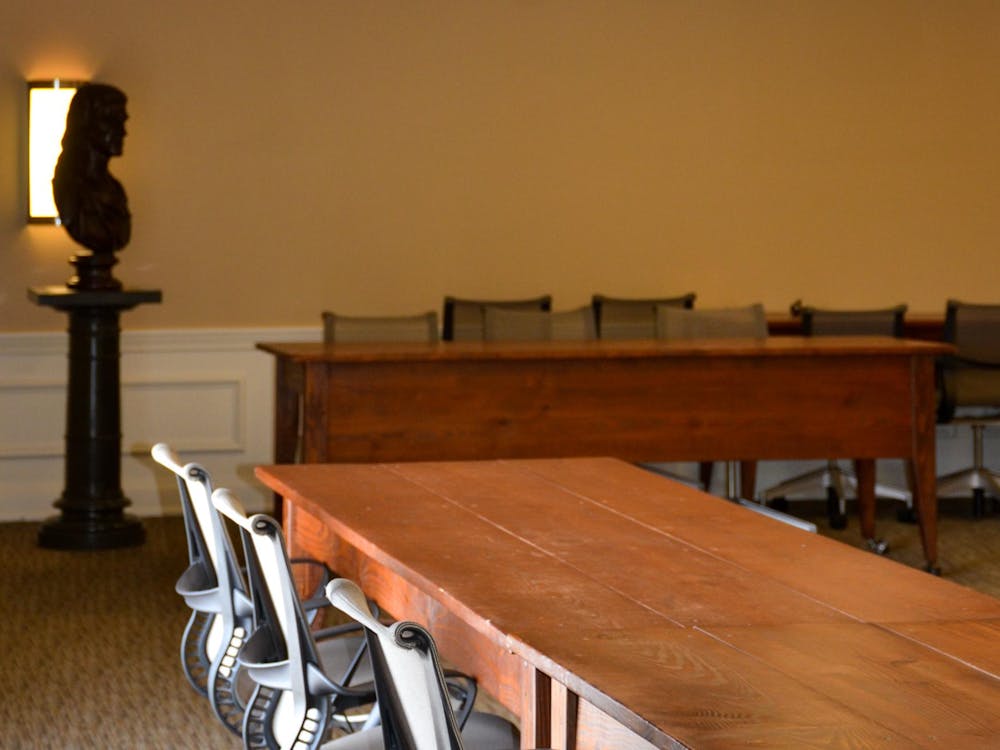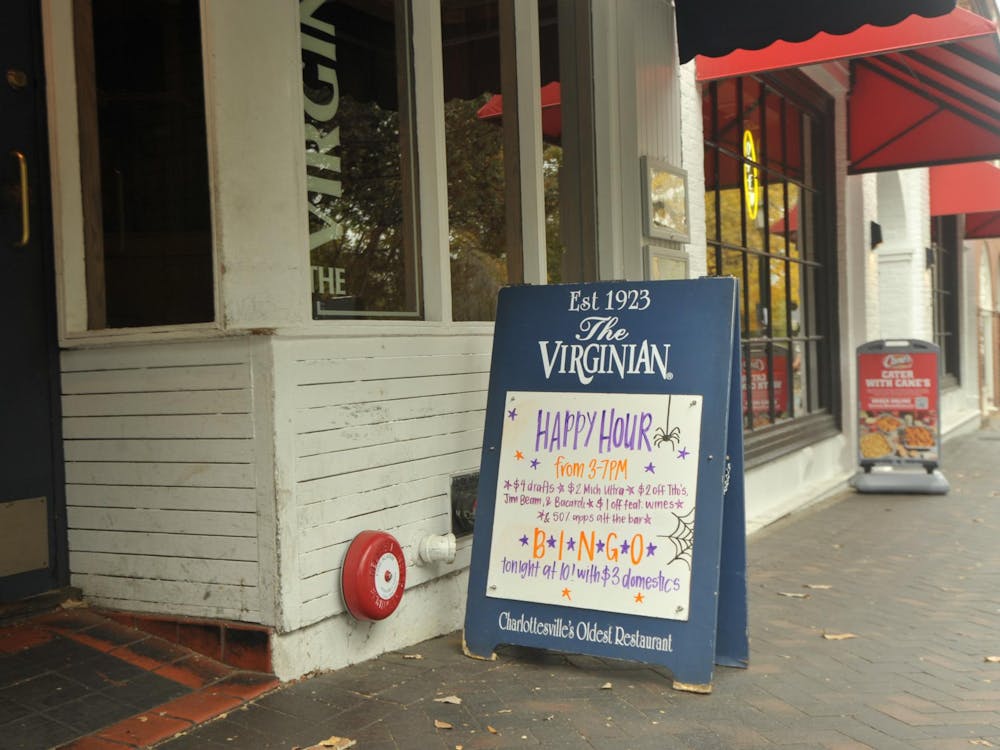The University’s Institute for Advanced Technology in the Humanities will partner with the Colonial Williamsburg Foundation to create a virtual model of Williamsburg as it appeared in 1776, said Jim Horn, CWF vice president of research and historical interpretation.
The project, funded with the assistance of a recent grant from the federal government’s Institute of Museum and Library Services, aims to develop a model of colonial Williamsburg with “video-game quality graphics,” Horn said.
“We’re developing a model that you can fully navigate,” he said, noting that the model will eventually be published online. “You can walk down streets, go in buildings and, eventually, we want you to be able to talk to people.”
Initially, the virtual Williamsburg project will focus on modeling the buildings at the east end of the city, starting with those closest to the capital, Horn noted. He also said he hopes to be able to model the entire city, but that will take many more years to accomplish.
IATH Director Bernard Frischer, an art history and classics professor, said the project will serve two main purposes. First, CWF will use the digital model as a convenient way to store all types of information about the buildings in Williamsburg, he said. Currently, information is organized by category, such as deeds, wills, and financial plans, he explained. Under the digital model, however, all of the available information about a particular building will be available to users simply by clicking on the particular building, Frischer noted.
“The 3-D model becomes a way of making all of the information that the CWF has available about every building readily available [through] a spatial interface that is intuitively obvious,” he added.
Additionally, the digital model will allow researchers to continue to add to the database as they discover more and more information.
“[The digital model] allows [researchers and historians] to change the model and play with new ideas in a very efficient and economic way that is not possible in the real world,” Frischer said.
The second goal of the project is to make colonial Williamsburg accessible to the general public, Frischer said. Not only will people who are unable to travel to Williamsburg be able to access the site, but those who are able to visit the city in person will be able to access the information from their cell phones or other mobile devices, which will in turn enable them to better understand the sites they are seeing, Frischer said.
Developing the project, though, will be a drawn-out process, Frischer said, noting that the project, which will eventually model more than 600 buildings, has three primary stages.
The first step, Frischer said, is to create a state model, or a model of the current state of the sites. Then, project participants will seek to take the state model and create a “corrected model” of the site as it originally existed. Architectural historians believe many of the restorations made to buildings in Williamsburg in the 1920s and 1930s were actually incorrect and based on faulty and incomplete knowledge, he said, and the virtual modeling will allow researchers to examine these potential errors more closely without spending vast amounts of money and without violating the historical meaning of the restorations themselves. The second-stage models will include all corrections that contemporary architectural historians would like to see made and allow for changes as new information is discovered, Frischer said.
Lastly, the project will also include a temporal model, which will trace the evolution of the city from the 1690s to the Revolutionary War, he said.
Horn said CWF became interested in working with IATH on this project after learning about a similar project Frischer had done called Rome Reborn, which helped to create a digital model of ancient Rome.
CWF and IATH already collaborated, Horn said, to create a model of Williamsburg’s Douglass Theater, which was torn down in the late 18th century. CWF used this model, which was presented in March 2007, to petition the Institute of Museum and Library Services for a grant to fund the complete virtual model of Williamsburg. IMLS spokesperson Jeannine Mjoseth said her organization recently awarded the proposed project a $943,000 grant to fund the initial stages of the project.
Frischer noted that the grant from the IMLS will cover the first three years of the project, which may take as long as 10 years to complete.
“Even though it’s American technology, it’s mainly been used in European sites by Europeans,” Frischer said of the methods that will be used to complete the project. “With the receipt of the IMLS grant, I’m very happy that we’re finally applying wonderful American technology to the site of great American history.”
Frischer noted that he believes the Williamsburg project is the first major American project of its kind attempted.






